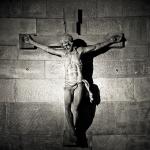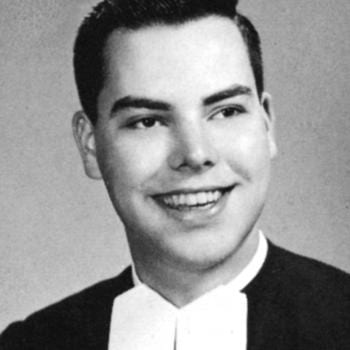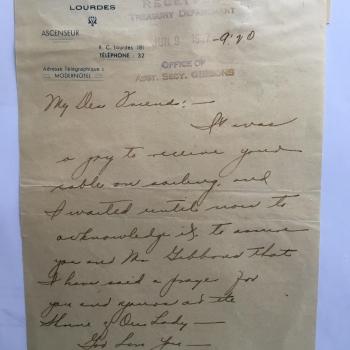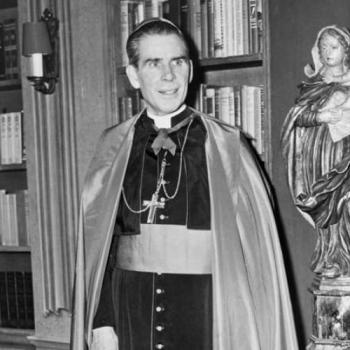This helps put things in context, from Thomas McDermott, OP:
Catherine lived during a time of pessimism and cynicism. Barbara Tuchman, in her historical narrative A Distant Mirror: The Calamitous 14th Century, described the period as “a time of turmoil, diminished expectations, loss of confidence in institutions, and feelings of helplessness at forces beyond human control.” The popes lived in exile in Avignon between 1309 and 1377, only returning to Rome after Catherine went personally to the papal court and pleaded with Gregory XI. Monasteries and convents in Europe were decimated by the Plague, and in order to re-populate them unsuitable candidates were often accepted. The secular literature at the time described clerical celibacy as a joke. By the time Catherine died in 1380, the Church was in schism with the election of an anti-pope, Clement VII.
Three years before her death, Catherine (who was illiterate for most of her life) began dictating, while in a mystical state, “il libro,” or the compendium of her spiritual teaching which we know today as the Dialogue. The work is God’s answer to four requests made by Catherine, the first of which pertained to enlightenment regarding the situation of the Church and its moral and spiritual reform. The eternal Father’s reply is found mostly in chapters 110-134, a major portion of the book. It is here that Catherine manifests great respect and love for priests who, the eternal Father tells her, are his “christs,” sent “like fragrant flowers into the mystic body of the Holy Church.” Notwithstanding, Catherine was fearless in exposing and criticizing the failures of priests and bishops. In fact, she is so indelicate in her criticism that portions of the Dialogue—such as chapter 121, on homosexuality among the clergy—have been excised from various editions of the work.
Catherine’s theological vocabulary is full of homey imagery, and was constantly evolving. One image of the Church was a wine cellar in which is kept the life-giving Blood of Christ, received in the Eucharist. The pope is the cellar-master commissioned by Christ to administer the Blood and to delegate others—priests—to assist him. The fundamental necessity of the Church is found in the fact that it alone is the repository of the Blood of Christ, which gives life to all. Catherine saw clearly that the good of the Church was the good of humanity. Therefore, anyone who opposes the Church is his or her own enemy. The Church is the hope of the world.
He notes:
For Catherine, the Church is Christ and the pope is the “sweet Christ on earth.” However, when Catherine speaks of the sinfulness of the Church, so much present during her lifetime, she most often uses the image of the Church as the Bride of Christ, which St. Paul alluded to in Ephesians 5:25. Here Catherine imagines the Church as a beautiful maiden whose face has been pelted and besmirched by the sins of the Church’s mortal members. Catherine often speaks of sin as leprosy on the face of the Church. It would never have occurred to her to leave the Bride of Christ because of the sins of humanity. For her, the Church is infinitely more than a mere human institution.
Read it all. There’s abundant wisdom here from this great doctor of the Church — and she has much to say to us of our own time.












